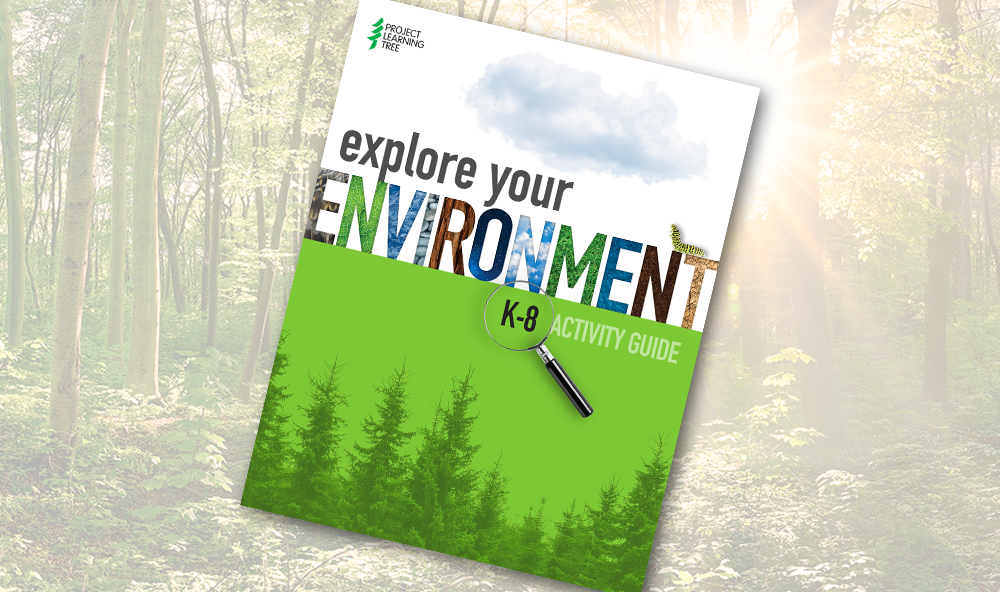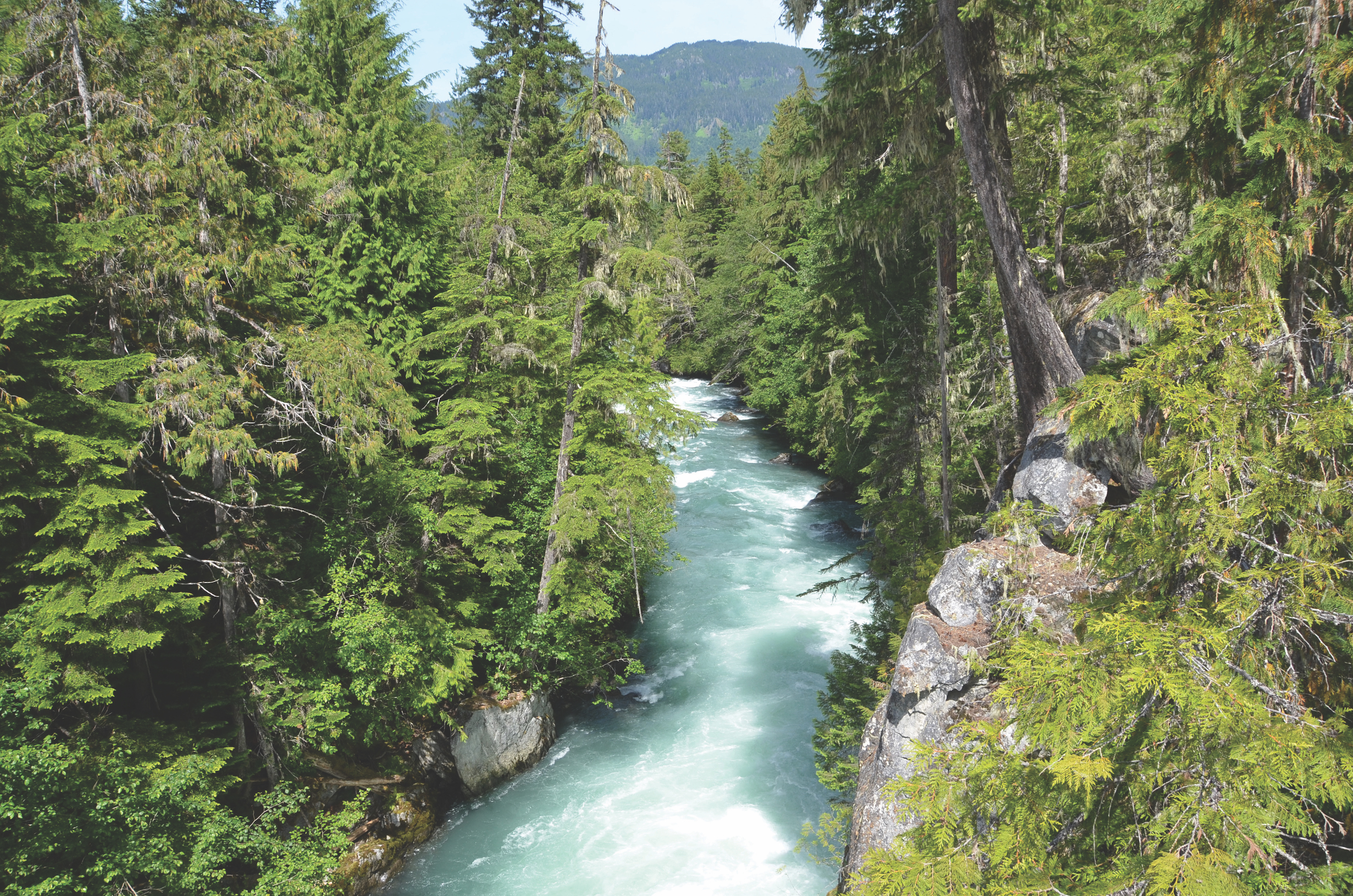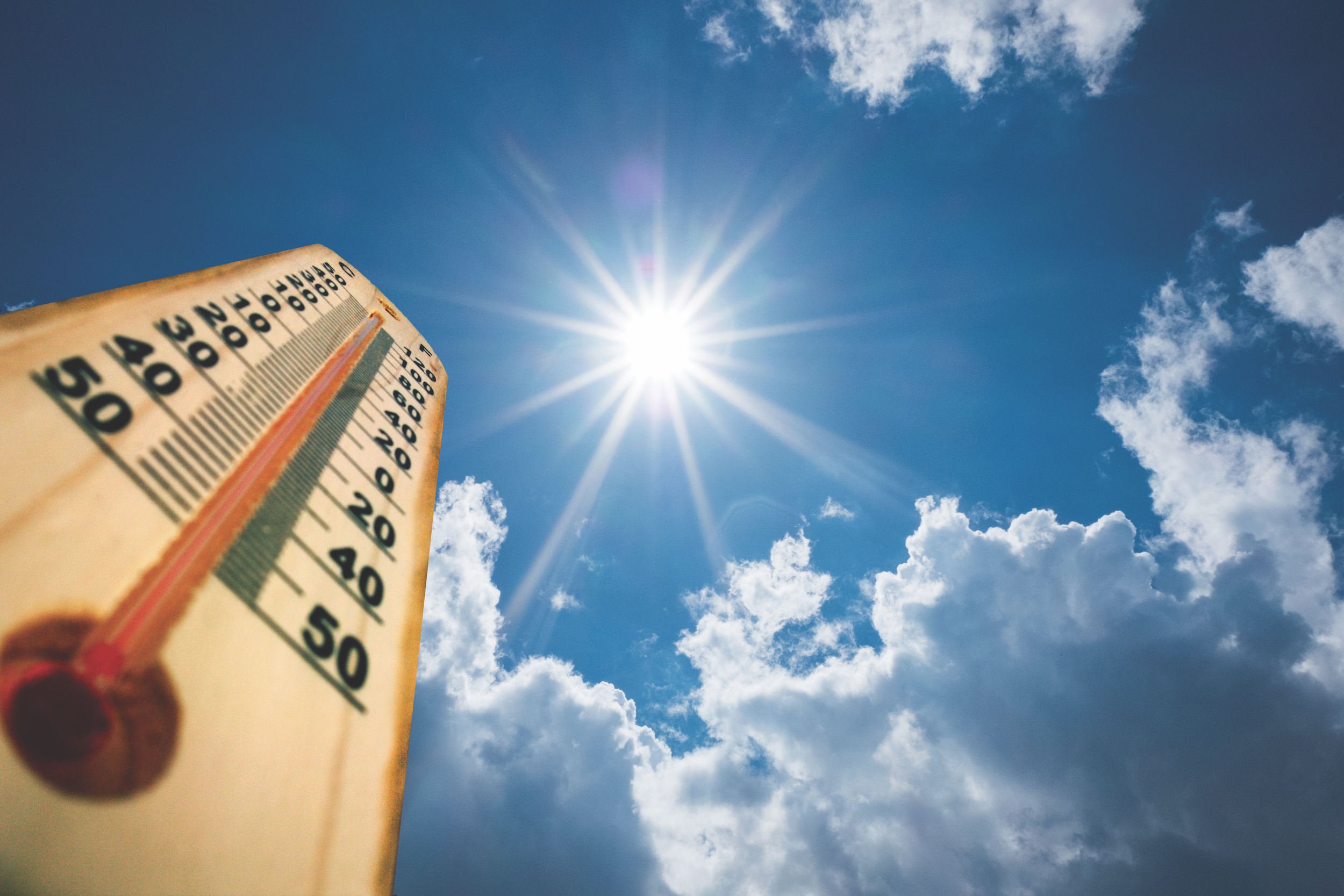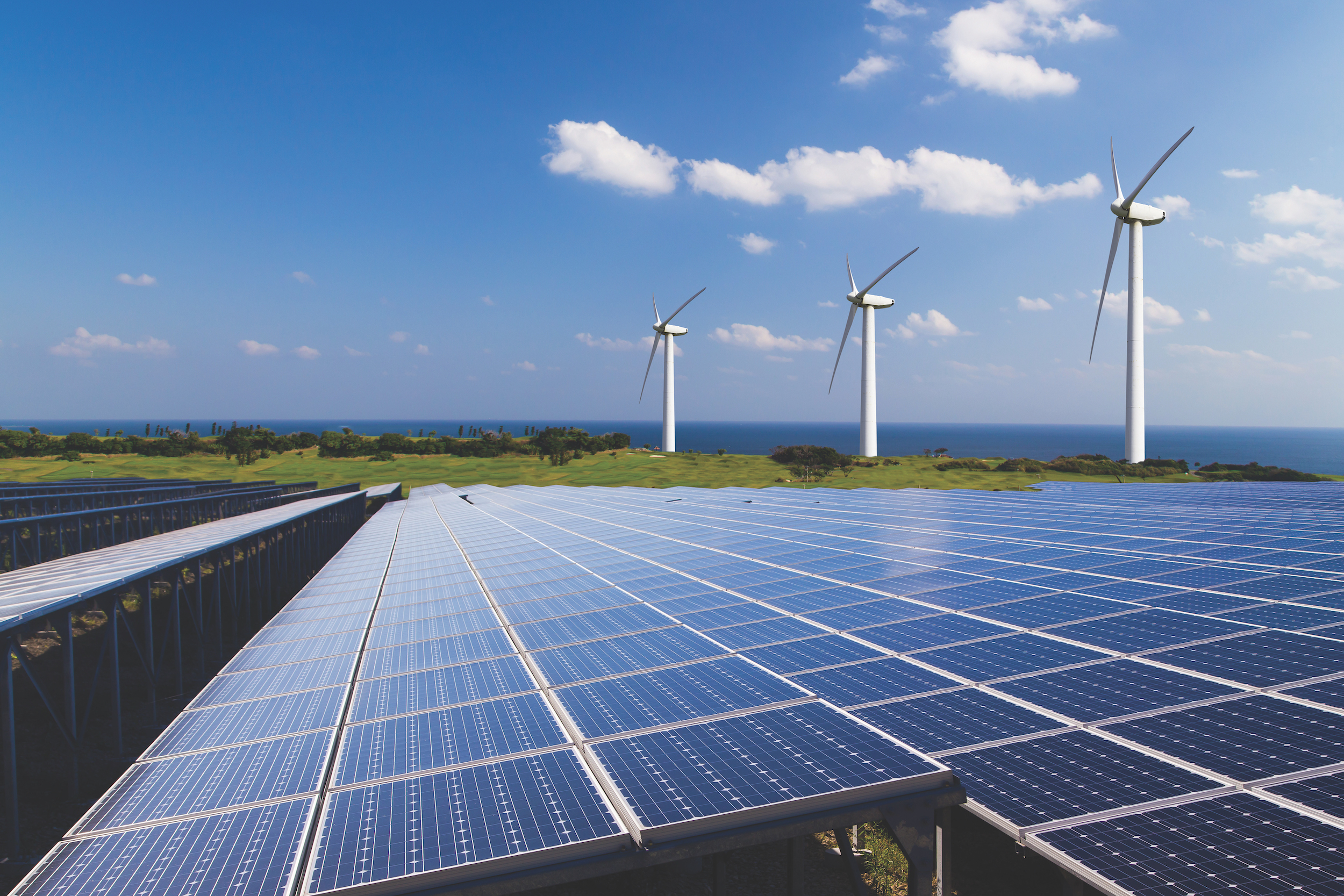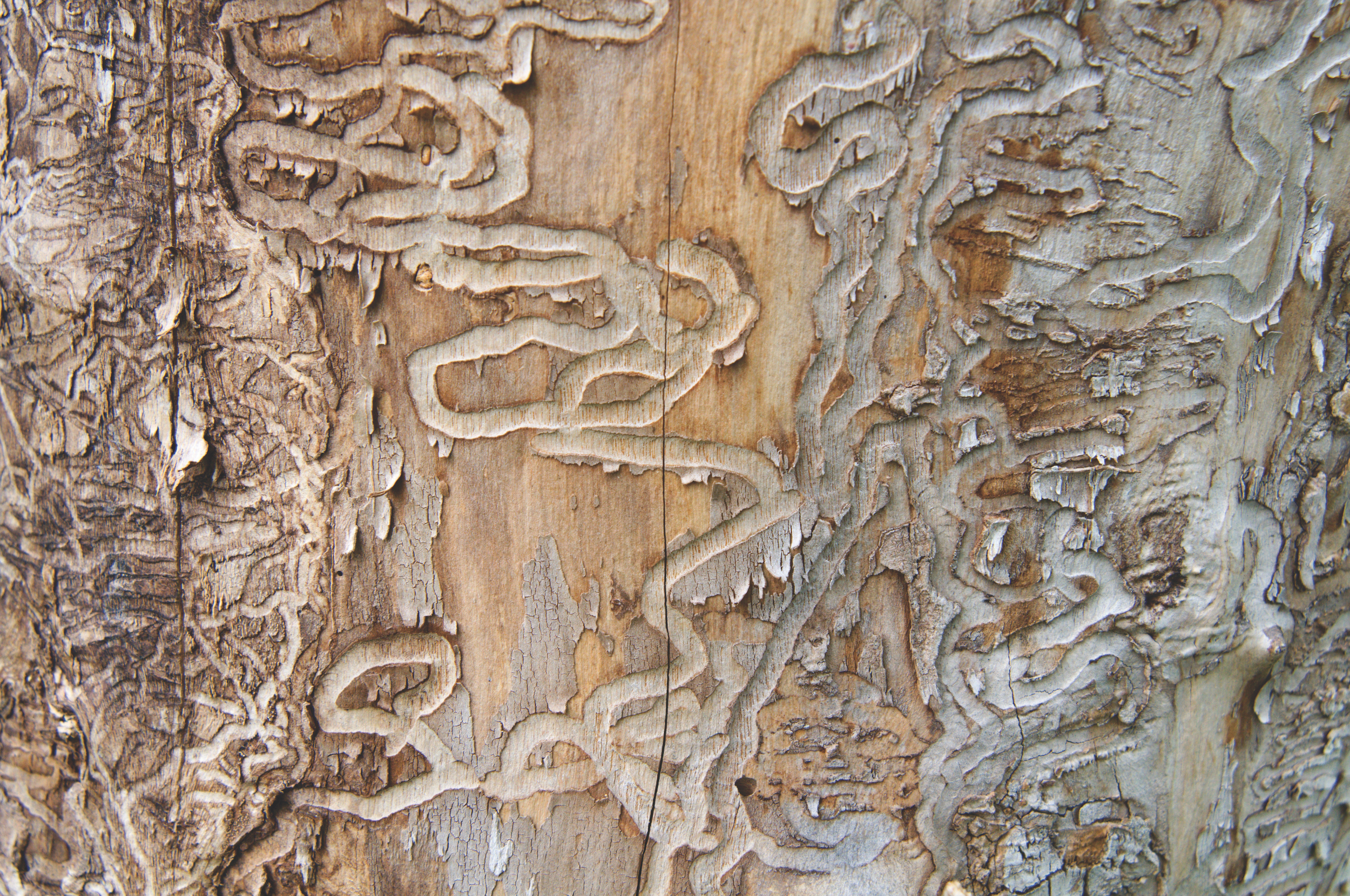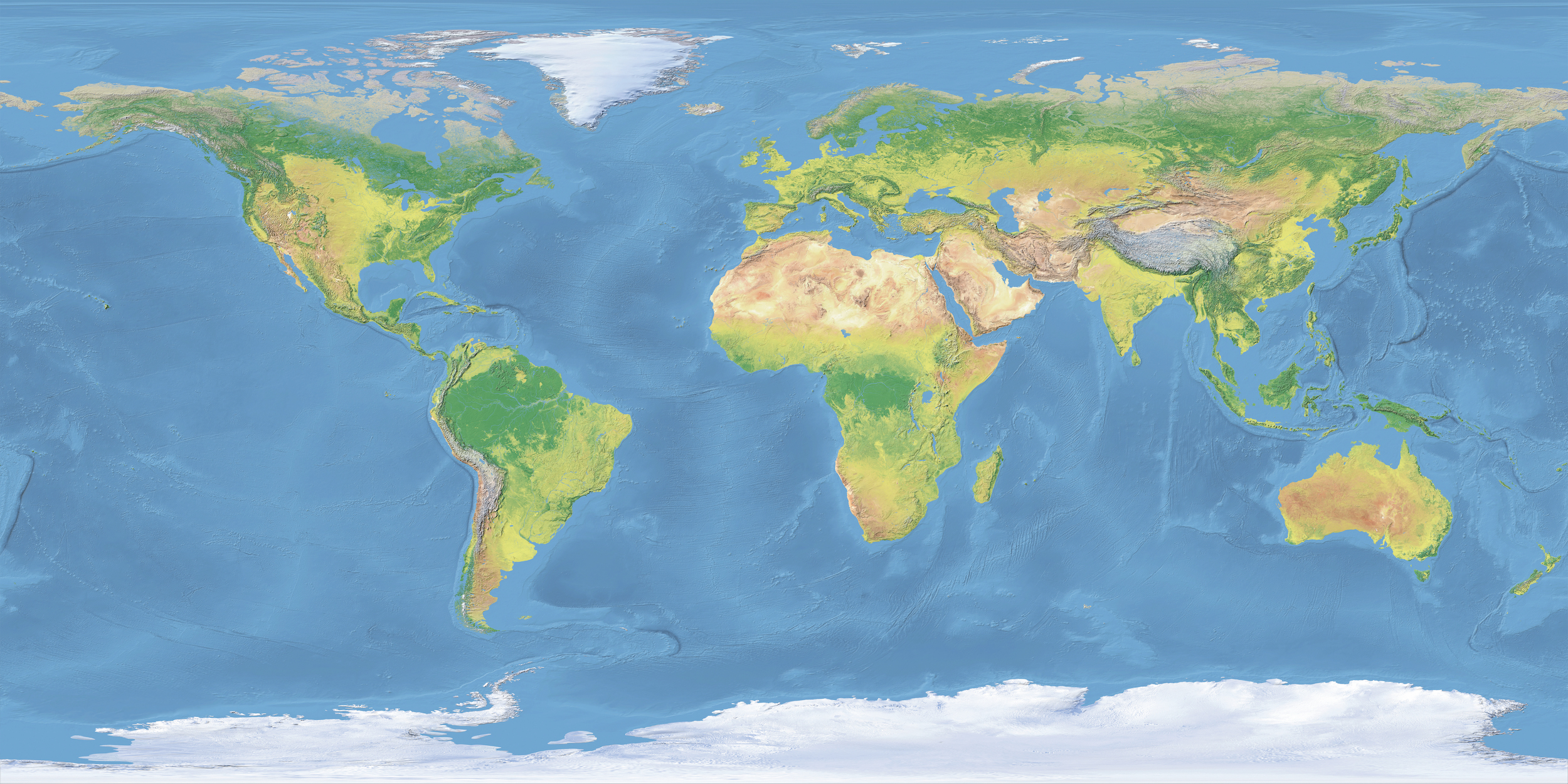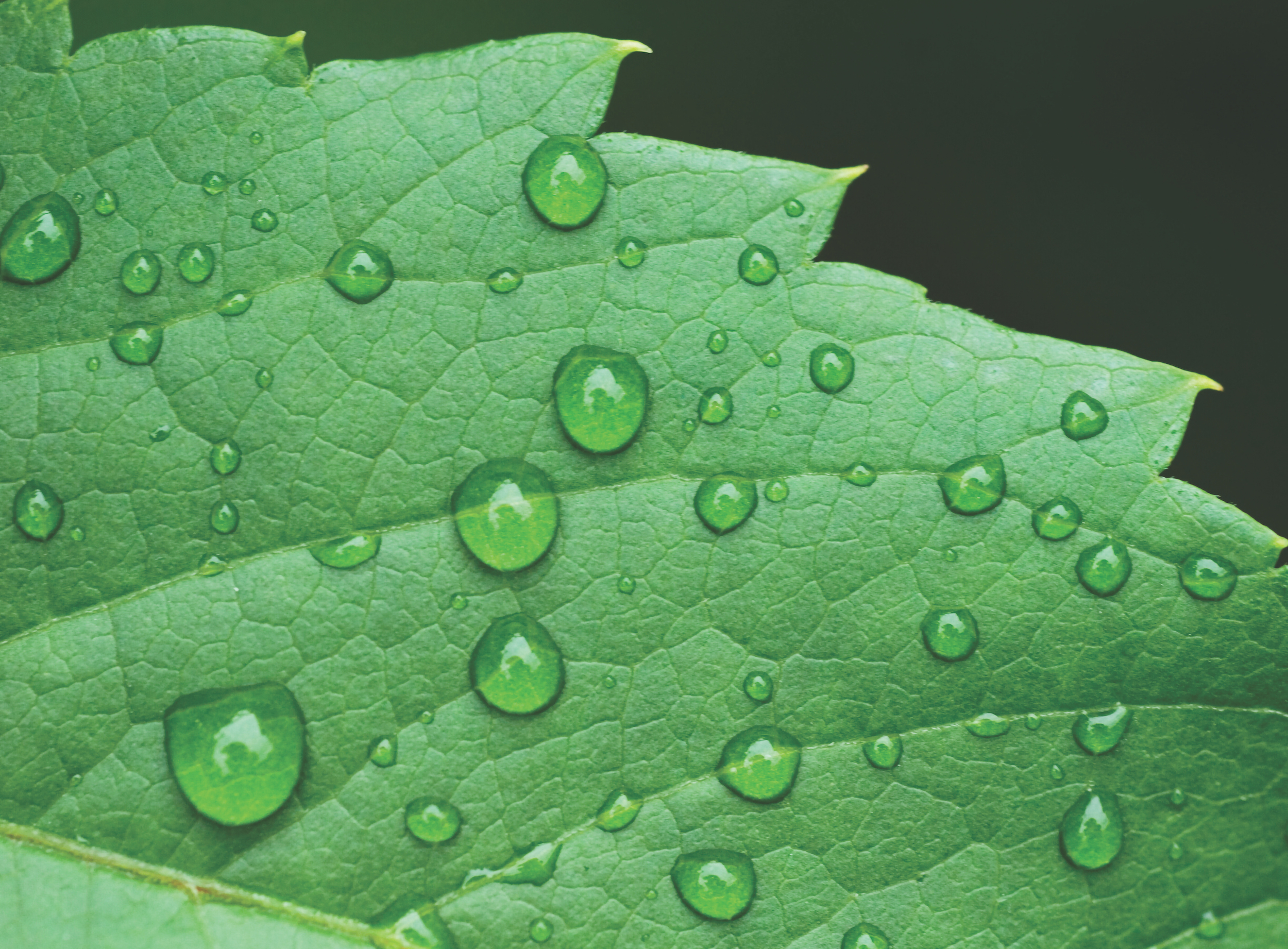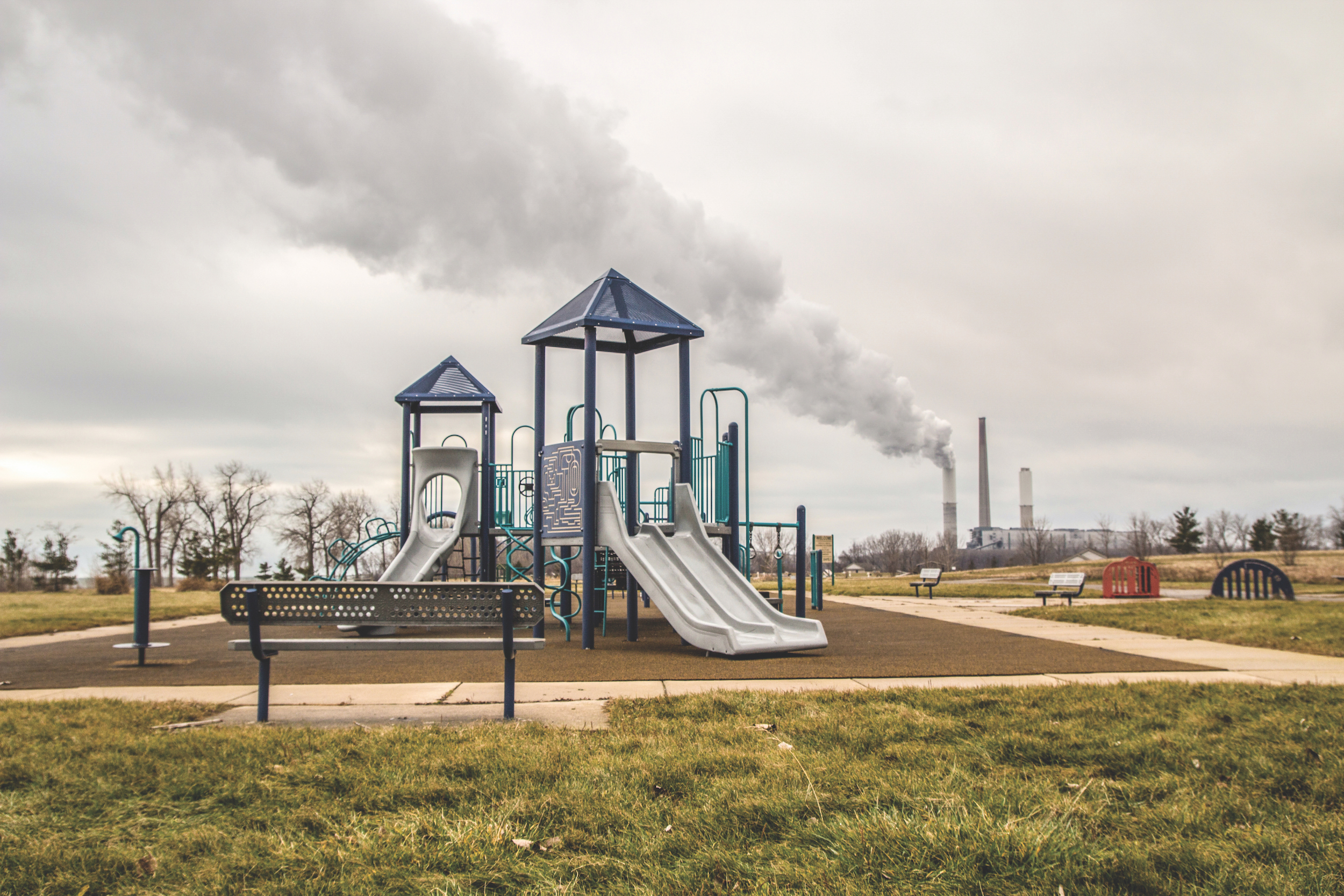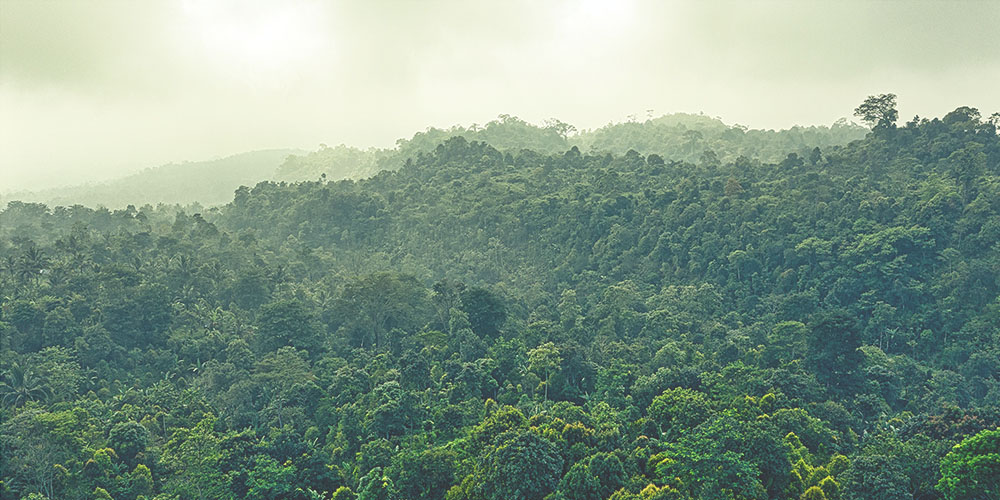December 28, 2020 | By Project Learning Tree
Students explore the environmental, social, and economic criteria of forest certification and consider possible benefits and limitations of certification for both forests and people.
December 28, 2020 | By Project Learning Tree
Using data collected from Mauna Loa, students graph changes in atmospheric levels of carbon dioxide (CO2) over the course of several decades and identify possible reasons for those changes.
December 28, 2020 | By Project Learning Tree
Students model what happens to renewable and nonrenewable resources over time and discover why sustainable use of natural resources is so important.
December 28, 2020 | By Project Learning Tree
Throughout history, people have intentionally and unintentionally moved plant and animal species to new environments. Some of these species have proved beneficial, but others invade natural habitats, causing environmental and sometimes economic harm.
December 28, 2020 | By Project Learning Tree
Students gain an appreciation for how many natural resources they depend on in their day-to-day lives. By tracing the resources that go into making one item, students learn how its manufacturing can have an impact on the environment.
December 28, 2020 | By Project Learning Tree
The water cycle is the system by which Earth’s water is collected, purified, and distributed from the environment to living things and then returned to the environment.
September 29, 2020 | By Project Learning Tree
Everyone has an equal right to a healthy environment—but does everyone have a healthy environment?
August 25, 2016 | By Project Learning Tree
Students explore their connections to the world’s forests by researching a forest in another country or region and by creating a profile about that forest.
August 25, 2016 | By Project Learning Tree
Students conduct a simulation in which countries use their forest resources to “manufacture” products and to sell them to an international trader. Through the simulation, students explore some of the tradeoffs of resource use.
